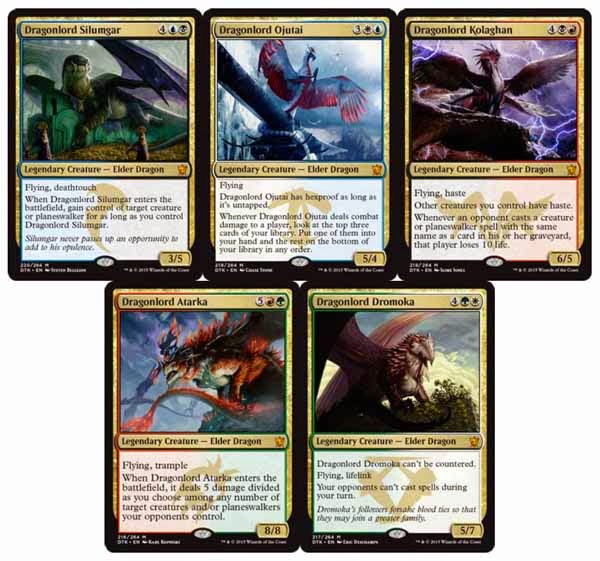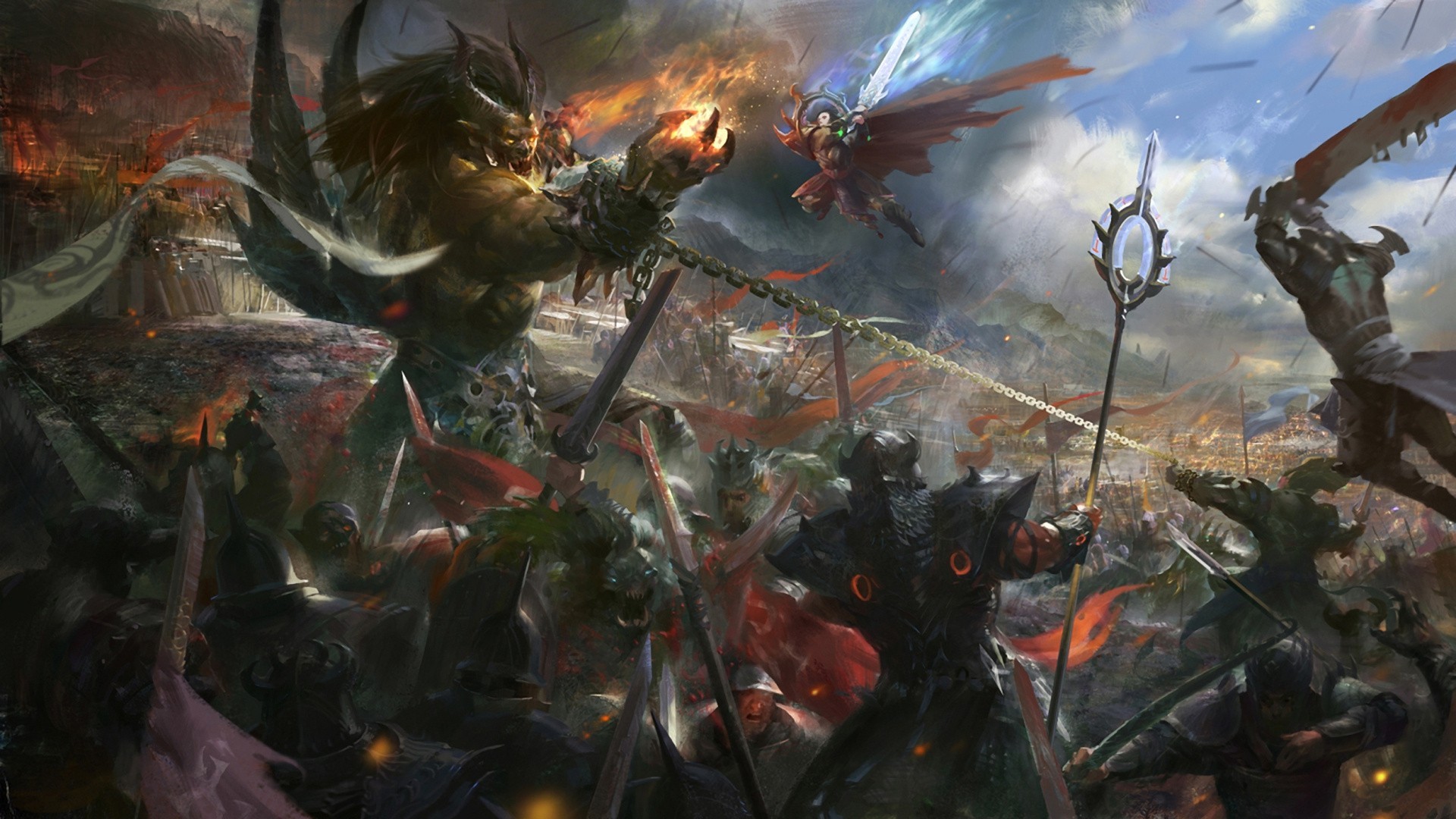Hello and welcome to a dead blog. I’m only writing this for some friends when my thoughts were too long for our EDH group text and I wanted to attempt to articulate to them why I tend to dislike most 1:1 removal in EDH. This conversation was originally me and the boiz discussing swords to plowshares and path to exile specifically, but I’m going to get a little bit broader on the issue with 1:1 removal in a format like EDH.
The problem is not with their efficiency, both of those cards are the cheapest you will ever find a removal spell that exiles a creature. They are indeed excellent at what they do, but it is this author’s opinion that 1:1 conditional removal spells (especially ones with built in drawbacks) give too much value away and cost you too much. In a format where you only have one opponent, they are excellent, because they cost so little to remove a threat and their drawbacks are sometimes offset because such a cheap mana cost still allows you to continue to develop your board even as you remove their threat. In EDH however, unless you’re combo-ing off, you’re not usually gonna win within the 5 turns, and thus their mana efficiency simply doesn’t offset the other costs.
In order to better understand what I’m trying to say, think of your cards as units of value. Everyone has an equal number of those units of value at the start of the game (unless, of course, you’re playing with a companion, or have partner commanders or, or, or, or… but if you were thinking “nOt If YoU hAvE a CoMpAnIoN” then fuck you, you imaginary interlocutor, that’s besides the point of this paragraph OKAY?). Therefore, when you use a 1:1 removal spell (you use one of your cards to remove one of your opponents cards) you are using one of your 99 units of value to remove a threat that was an issue for everyone besides its owner. Now you are down a unit of value, and that opponent is down a unit of value, but you ended up giving 2 theoretical units of value to everyone else at the table who didn’t have to spend a unit of value, but got that threat removed all the same; you’re down a card, and they have one less threat to worry about.
Add on top of that the fact that cards like Path and Swords have inherent drawbacks due to their insane mana efficiency, and you don’t even have a 1:1 scenario. Now you’ve spent a unit of value to remove a threat, but you also gave that opponent some amount of theoretical value back because they gained some life (the bigger the threat, the greater the life too…) or got a land. It would be a matter for another conversation to discuss exactly how much of a unit of value a land or the lifegain is, but the point is, this level of cost does not, to my humble eyes, appear to be “worth it.”
I want each card I put in my deck to gain me more than they cost me. Sometimes, the extra value comes in the form of synergy (two or more cards working together to generate more value than either could have generated on their own). Other times, it’s because the one unit of value I spend is gonna get rid of multiple other threats or gain me more units of value than spent, like when one casts a wrath effect, or a mass draw spell. Hell, it even simply come in the form of a creature that either poses a threat or has evasion, or preferably both, but either or it is usually gonna get in repeatedly for damage. Whatever the way, I almost always want my units of value to get me more than a single unit worth of value in return. That said, I still run a few 1:1 removal spells in my EDH decks.
“THE FUCK???” you say, and I hear you, I just spent all that time railing against 1:1 removal to then say “hey but, I’m hypocrite,” and maybe that’s true, but the one exception I make for 1:1 removal is utility. If a removal spell says “destroy/exile target permanent” then I start to feel a slight tingle in my drawers. Almost invariably, these “catch-all” 1:1 removal spells will have a draw back (Beast Within/Generous Gift, Assassin’s Trophy, Chaos Warp, Anguished Unmaking), unless of course you’re running Desert Twister or Vindicate, or I guess Universal Solvent, but they are sorcery speed or cost 8 total mana to activate, so STFU imaginary interlocutor (fuck, isn’t it annoying when he points out EVERY fucking exception to the rule?). Thus, most of these catch-all 1:1s suffer from many of the same problems we discussed with regards to path or swords, but the one saving grace is that no matter what the scenario or situation, these “destroy target permanent” spells are damn near never not wanted. Yes, imaginary and tireless interlocutor, I know it’s a double negative, but shit on my chest if “damn near never not wanted” didn’t feel good to say out loud…
where was I? oh yea, I still don’t like adding these 1:1s, but they can be a necessary evil. “Ah” says our interlocutor, “One of the reasons in favor of 1:1 removal in our decks is political. Sometimes you just wanna take care of a very specific threat and only hitting that big nasty is less likely to piss off the rest of the table.” Absolutely valid point my dude! My problem is simply that I’ve been in enough scenarios in EDH where I’m hoping against hope to topdeck an answer, only to have that “answer” turn out to be the wrong type (like topping Swords when I need enchantment removal), such that if I am gonna make the concession for 1:1 removal, I wanna hit every fucking possible threat it can. Besides, what the card itself can’t resolve, (say because the threat is an instant or sorcery), I can at least make an attempt at politics to rectify.
Imagined Political Scenario
“hey before you declare targets..”
“…uh, wut?”
“yeah, before you tell us what that spell targets, what’s your biggest pain in the ass card on the board atm?”
“uh, your card A?”
“oh my old card A? Cool, Fuck that thing, I’ll get rid of that for you if you don’t point that Spell Y at me. deal?”
“Uh, sure?”
“Cool, so we got a deal? what do you target?”
“uh, I guess Ned’s…
“WHY THE FUCK ARE YOU TARGETING ME I DID NOTHING TO YOU HE DESTROYED YOUR “Card M” WITH “Card A”…
“Well I mean Yeah I did, but I already told him I’d get rid of it if he targeted you, so now that he has, I am going to now target A with chaos warp…Ned? Dude, where’d you go???”
you get the gist.
EDH is a multiplayer game that is also inherently a political game, that is also ultimately a resource management game (which is why it is so fucking awesome). The way I tend to approach EDH is by strategically assembling the cards in my deck so as to be able to ask serious questions (that is, create threats) and pose conundrums (like casting song of the dryad on your opponent’s Commander), while simultaneously trying to only answer those questions which I can’t let go unanswered, or which strategically benefit me to answer. Sure, that big beefy creature may look scary, but if you’ve played your cards right (pun intended), you’re not the biggest, scariest player at the table (yet), and so chances are, you have a chance to talk your opponent into sending it at the “serious” threat at the table.
I think that’s part of the immense appeal of EDH; you don’t have to be the best player, or have a ton of money to drop on all the optimal cards. You just gotta play what cards you have right, survive long enough, and squeeze as much value out of each and every card in your deck as you possibly can. Then, with a little bit o’ luck, you’ll be last man standing, until of course you all shuffle up and go at it again.
Blessings,
Derek




